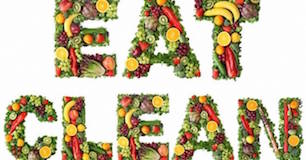[su_heading style=”default” size=”13″ align=”center” margin=”20″]Nutrition Guide – 6 Easy Tips For Clean Eating On A Small Budget[/su_heading]
Guide : 6 Easy Tips For Clean Eating On A Small Budget

Clean eating is great for your belly and health. However, it isn’t good for your pockets. If you plan to clean your diet, the first thing you have to worry about is regarding the price tags on all that healthy foods. And, it is often challenging to make the right choice when you have to consider your budget as well.
If you walk down the aisle of department store, you will notice that you can buy a bag of chips for less price than a bag of baby spinach. In fact, a study conducted by the Cambridge University has revealed that the healthy foods are three times as expensive per calorie as unhealthy food. The healthy and clean diet consists of fruits, vegetables and lean meat, which are some of the most expensive food items you will find on the shelves of the convenience store.
And, if you are going for the organic food items, you will have to pay even more. Although, the prices of the organic products have decreased reasonably due to the increase in production volume, but they are still higher than the regular food items.
While clean eating may prove to be an expensive option, but it doesn’t mean you have to break the bank for it. These tips can help you shop smarter, so that you can eat clean and save your hard earned dollar at the same time.
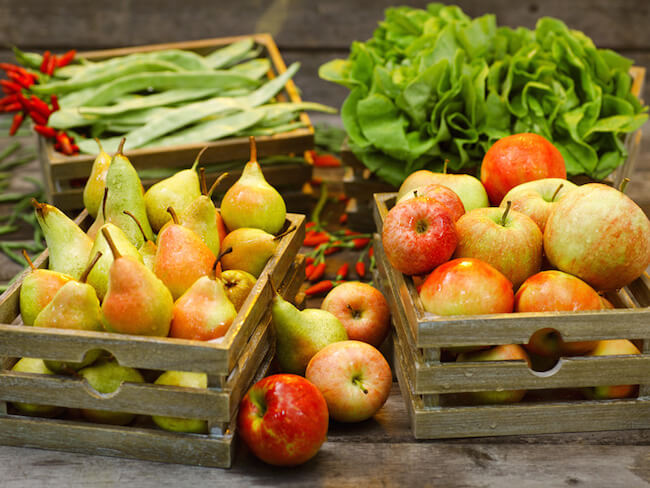
During the harvest time, the cost of the seasonal produce including vegetables and fruits is at its lowest possible point. This is because the increased availability can easily meet the demand and can sometimes be in excess of the demand. Another benefit of going for the seasonal produce is that the fruits and vegetables are at their peak in terms of both flavor and nutrition. Usually, the majority of people are unaware about which fruit or vegetable is in season. If you are one of them, then you can approach the staff in the produce department to get right pointers and advice about what to buy. In summer season, the organic strawberries, stone fruits (like peaches, apricots, cherries and plums) and melons are some of the best options. Whereas grapefruit, oranges, red banana and sweet potato can be found in abundance in the winter months.
-
When to skip organic option?
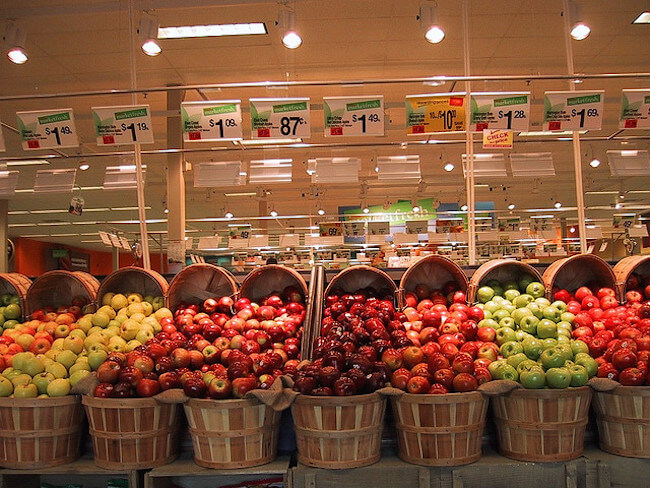
Sometimes the difference in presence of pesticide residue and other harmful contents in the regular food items and organic food items isn’t that big. Some fruits and vegetables such as corn, onions, pineapples, avocados, and cabbage absorb a minimal amount of crop chemicals. So, it is ok to buy conventional food in such cases. However, other food items known as ‘dirty dozen’ are known to have high absorption tendency and can have high levels of pesticide residue. These type of food items includes apples, strawberries, grapes, celery and peaches. In such cases, going for the organic food is a smart choice as it will eliminate the chances of your consuming harmful chemicals.
-
Don’t shy away from store brands
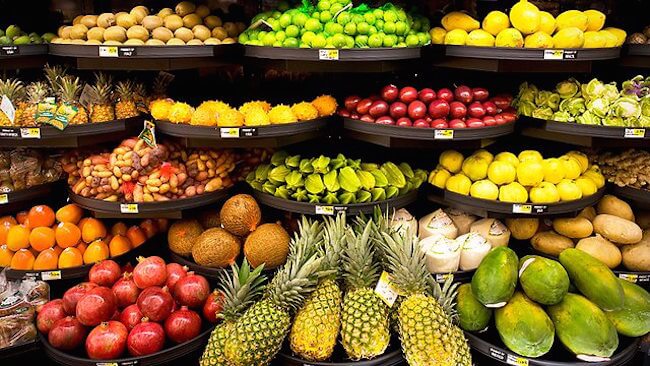
The big brands are expensive. This is an ingrained belief that we have been following for years. Yes, it is true that some of the big brands charge exorbitant prices for the products which don’t warrant such high costs. This is especially true for clothing, handbags and footwear. However, if there is one sector in which you need to embrace store brands, then it is for healthy food items. The big store brands such as Foods Market’s 365 Everyday Value line provides products with excellent quality and they even have extensive variety. Such brands have more than 3,000 food products and almost half of which are organic. Some other brands to look for at the supermarkets are Safeway’s O Organics, Trader Joe’s, Stop & Shop’s Nature’s Promise and Wegmans Organic.
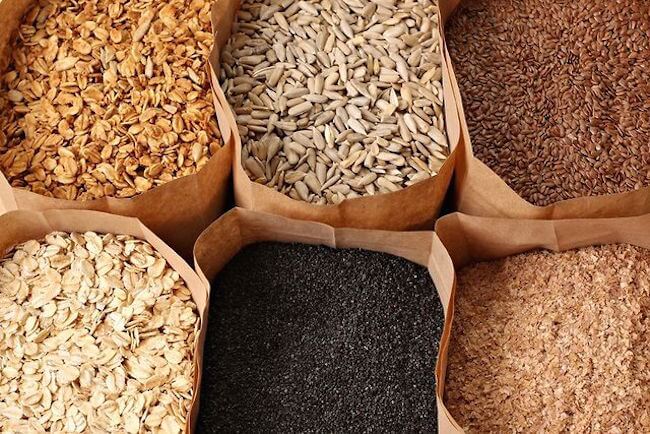
To make big savings, you should buy the daily staples such as grains, beans, nut butters, spices and olive oil in huge quantities. If you go for the super-sized quantities, then you can eliminate excess packaging and reduce spoilage and waste. Another benefit of buying products in bulk is that it makes easier for you to manage your expenses. By buying in bulk, you have better chances of adhering to your budget and accounting for the food expenses. Plus, it will save you a lot of time because you won’t have to visit supermarket every now and then to replenish your kitchen stores. Grains such as rice, barley and quinoa, are especially great bulk buy options, because they’ll double in size once cooked and will last for longer time. Plus, you don’t have to worry about them getting spoiled.
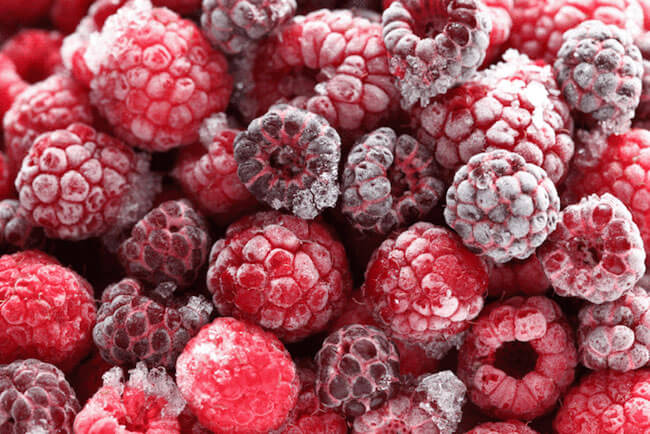
When it comes to eating clean on budget, the frozen fruits and vegetables are a great affordable option. And, you know what, the frozen fruits and vegetables can be nutritionally superior to the fresh ones, you find in the market. Usually, fruit and vegetables travel around 1500 miles from farms to the grocery stores and the journey often takes around two weeks. And, the experts have pointed out that the food items can lose their nutritional value during that time. This has been proved by a study that compared nutrient levels in frozen vegetables to the nutrient levels in “fresh” grocery store vegetables. The findings revealed that the fresh food can lose up to 45 percent of their nutritional value between being picked and landing on a grocery shelf.
On the other hand, frozen fruits and vegetables are at the peak of their condition. Most of them are processed immediately after being harvested, when they are at the peak ripeness and are loaded with nutrients. This method of processing is called flash freezing. Plus, usually retailers often have their store brand of frozen fruits and veggies for sale, which means you can make additional savings.
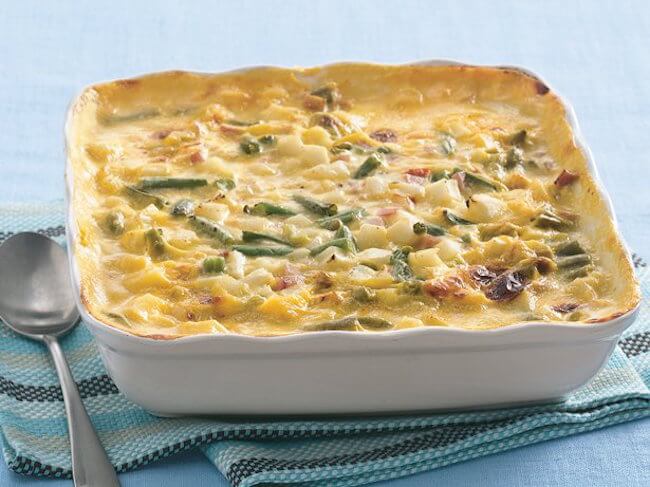
The leftovers can be elemental on cutting back on food waste and will also allow you to take advantage of food items at its peak. Another benefit of this approach is that it will save your time as you can prepare food for multiple meals in a single go. For example, if you are preparing casserole that calls for tomatoes during the tomato season when they will be at the peak of nutrition and flavor, and would be available on cheap, then why not make it enough to last for at least two meals. You can eat one meal in the evening and pack the leftovers in an usable container and freeze it for the future use.
[su_note note_color=”#b71319″ text_color=”#ffffff” radius=”3″ class=””]Do you like this post ? Sharing is Caring ![/su_note]


